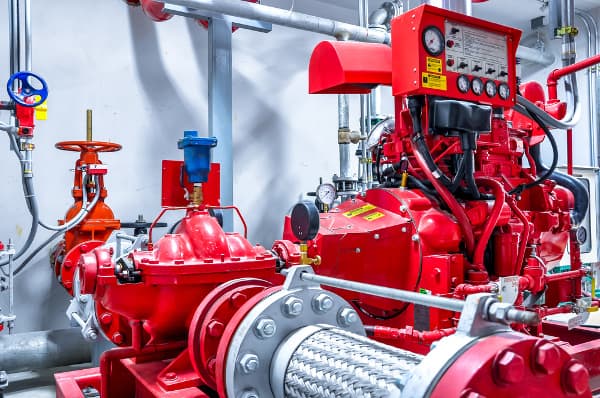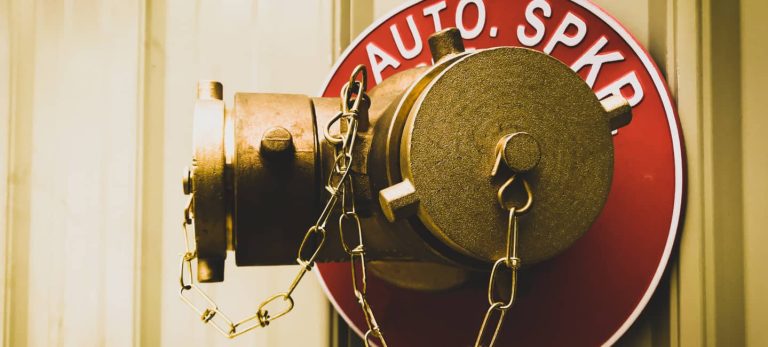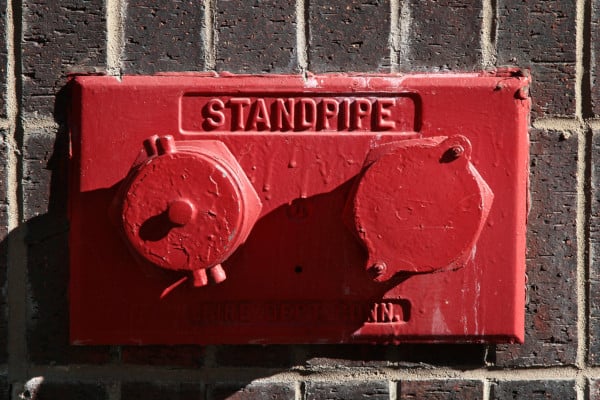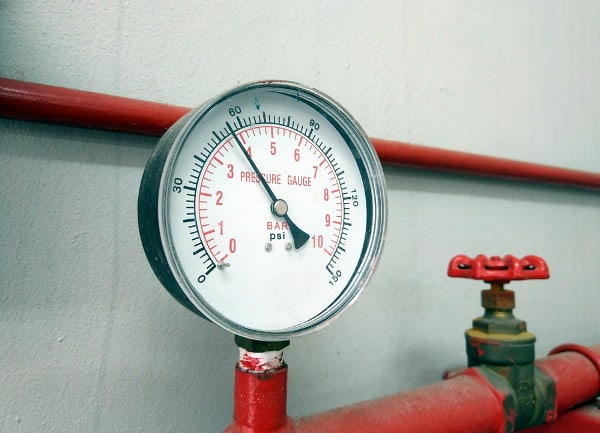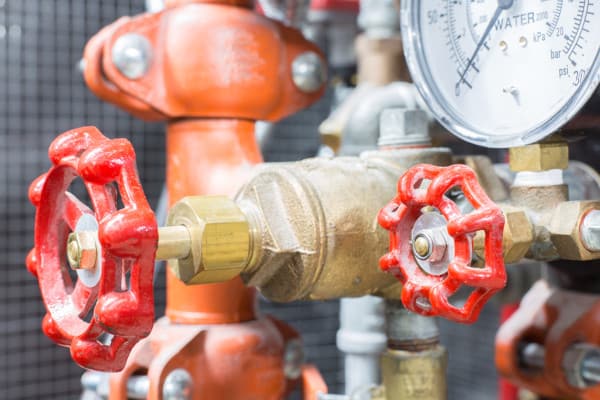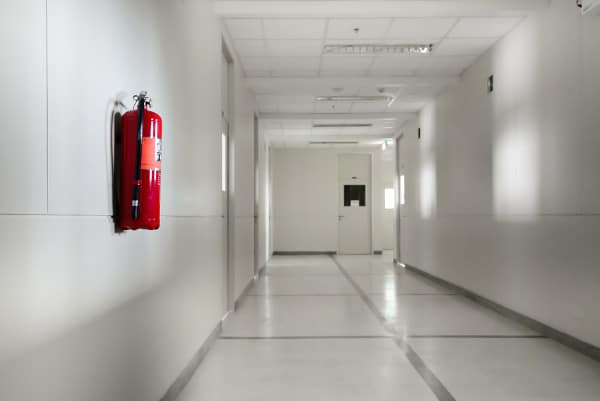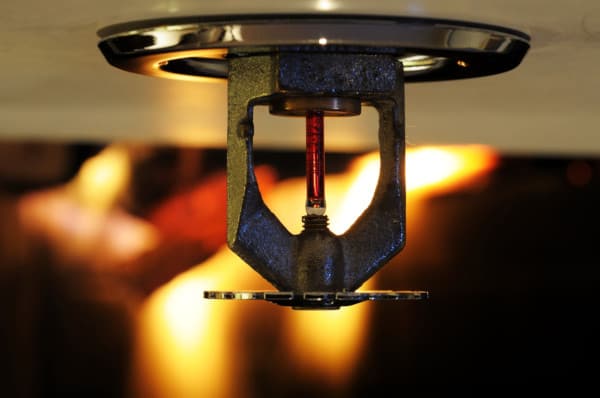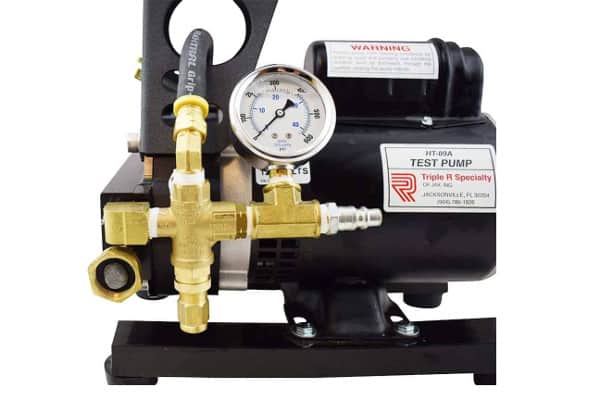NFPA Inspection Requirements for Fire Pumps in Commercial Sprinklers
#117 – What Facility Managers Need to Inspect on a Fire Sprinkler System, Part 3 December 11, 2022July 17, 2018 The NFPA inspection requirements for fire pumps in commercial sprinklers In the first two installments of QRFS’ series on the inspection of commercial fire sprinklers, we detailed the National Fire Protection Association (NFPA) requirements for…
